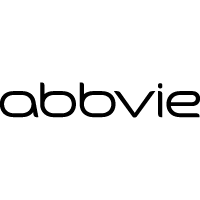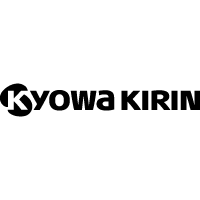
We’ve been delivering virtual events & digital experiences for over 20 years, but nothing prepared us for the changes that we’ve seen during 2020. Virtual events have grown exponentially, and the demand from our clients to deliver online experiences has skyrocketed. Whether it’s a virtual incentive weekend, online training platform, or digital brand experience, we’ve delivered it in 2020.
So, to help you create successful virtual events for your brand, we are sharing some of our top learnings on all things virtual.
1. Prioritise your content – make it short & sweet
The creator of TED, Chris Anderson, said their 18-minute talks are ‘long enough to be serious and short enough to hold people’s attention’. Well, they must be doing something right as their top video has been viewed over 52 million times.
With live events we’re used to filling an agenda to the brim but when it comes to virtual you must flip that process on its head and condense your whole agenda into bitesize pieces of content that are 45 minutes or less. This does not mean the whole event has to be that short, but you might need to split it over a few sessions or days to cover everything off. This allows for content to be digestible and provides a platform for ongoing communication.
As with any communication, start with your objectives and your content hierarchy will fall into place. Supplement topics can be delivered through downloadable content if appropriate, but keep the live element engaging and timely.
2. Analytics are your new secret weapon
Audience data has always been invaluable. And now, by embracing virtual event technology you can improve your event performance.
If having a high event attendance, but low a feedback survey response rate sounds familiar to you, then you will love the possibilities of data capture & analysis that virtual platforms bring.
The right platform provides 100% measurement of user behaviour without them ever having to answer a question. You can measure attendance by the second and ascertain how well individual pieces of content performed. Did your audience watch the whole session? Or did they duck out after the sales figures?
The data you obtain from these systems enable highly accurate performance analysis, so you can learn and make improvements right away. This is why a lot of brands are choosing virtual event platforms, even if the content is pre-recorded. Viewing numbers alone do not prove engagement. But with the right virtual event platform you can prove your event ROI in real-time and have the power to analyse and improve everything you deliver.
3. You might not need to broadcast “live”
Moving away from live broadcasts allows for more freedom and creativity in your content, and the audience get to see more than a static studio. For example, you can shoot on location real-life product features, and have full control over the final edit in advance.
In today’s world, reducing risk factors when delivering events is high on the priority list. Using pre-recorded content adds an additional layer of control and reduces the risk of presenters being unavailable, or unexpected restrictions causing problems on the day of your planned broadcast.
Live broadcasts do obviously have a place in virtual events, and there is no right and wrong approach to this. But you have to balance the value of your content with the right level of live interactivity for your audience.
4. Keep it simple
In recent months virtual platforms have boomed, not least those that create virtual 3D worlds you can experience using a personalised avatar. These online worlds make virtual communication and networking quirky and creative. However, before you sign up for one to host your next virtual event, make sure the user interface is suitable for your audience and straight forward.
As with any event – be it virtual or face to face – the user experience is a vital part of the events success. It does not matter how good your content is, if your audience doesn’t engage with the platform, they will never see it.
So, remember to choose a user interface that facilitates your event objectives, but is appropriate for your audience and one they will buy into.
Explore Our Blog
Proud to deliver lasting moments for...









































Let’s have
a chat!
Every brand touchpoint is a moment that matters. A chance to strengthen your message with clarity and relevance. To make your audience feel like they're part of something extraordinary, get in touch.








